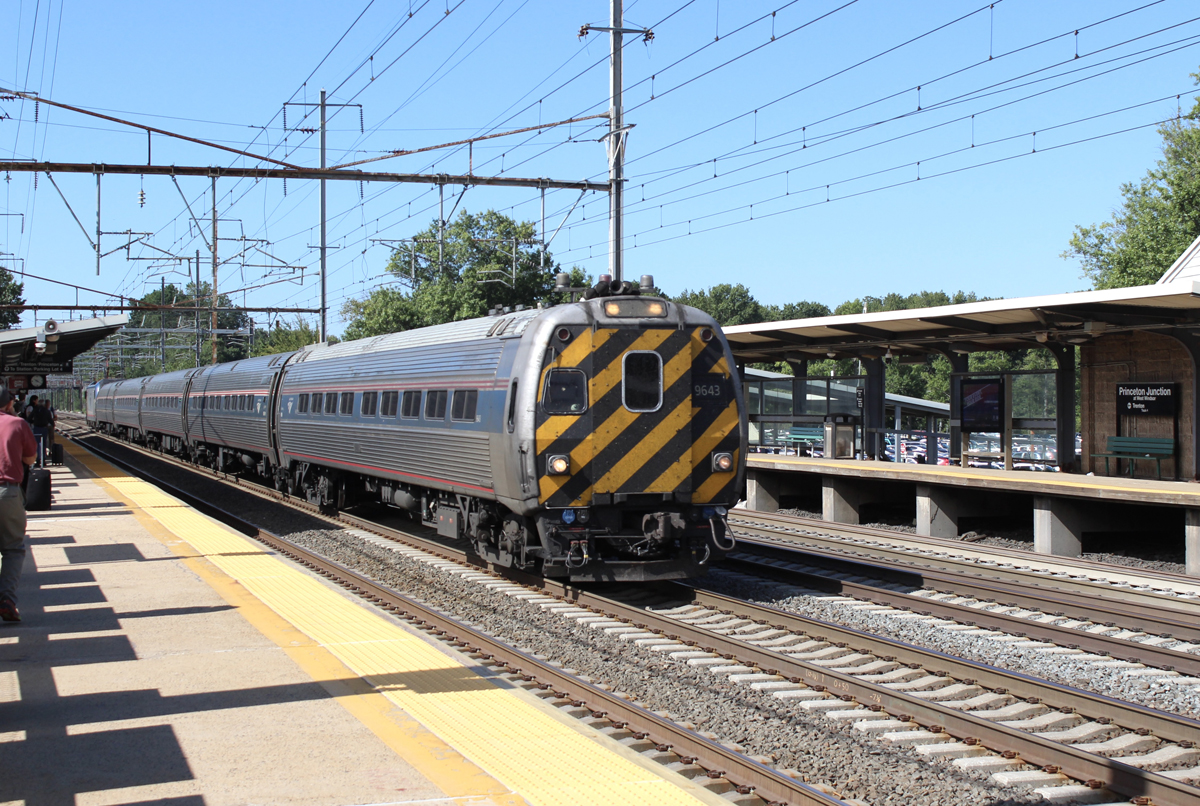
WASHINGTON — The end may not be near — given Amtrak’s current, chronic capacity shortage, exacerbated by last spring’s sudden withdrawal of the Horizon coach fleet — but the company has begun the lengthy process of selling off its most productive and enduring assets: stainless steel Amfleet coaches and cafes that began arriving from the Budd Co. 50 years ago.
This week, Amtrak issued a Request for Information “to solicit public interest in the procurement” of 370 coach and 58 business-class “Capstone Converted” Amfleet I passenger cars, 75 “Cafe class” Amfleet I cars, and 11 former Metroliner cab control coaches. However, finding applicants to operate the cars and prolong their life is not the intent. The RFI obtained by Trains.com says the project “supports two of our primary disposition tactics, being the sale and scrapping of Amtrak’s legacy equipment to prospective buyers.” Questions are to be submitted by the end of next week; formal responses are due by Dec. 5.
With 83 Airo trainsets set to replace the Northeast Corridor and regional workhorses starting in 2026, the Request for Information will eventually lead to Request for Proposals and contracts. At the same time, Amtrak is continuing the RFP process for replacement of Budd-built, long-distance Amfleet II coaches and cafes that date from 1981.
Timely acquisition
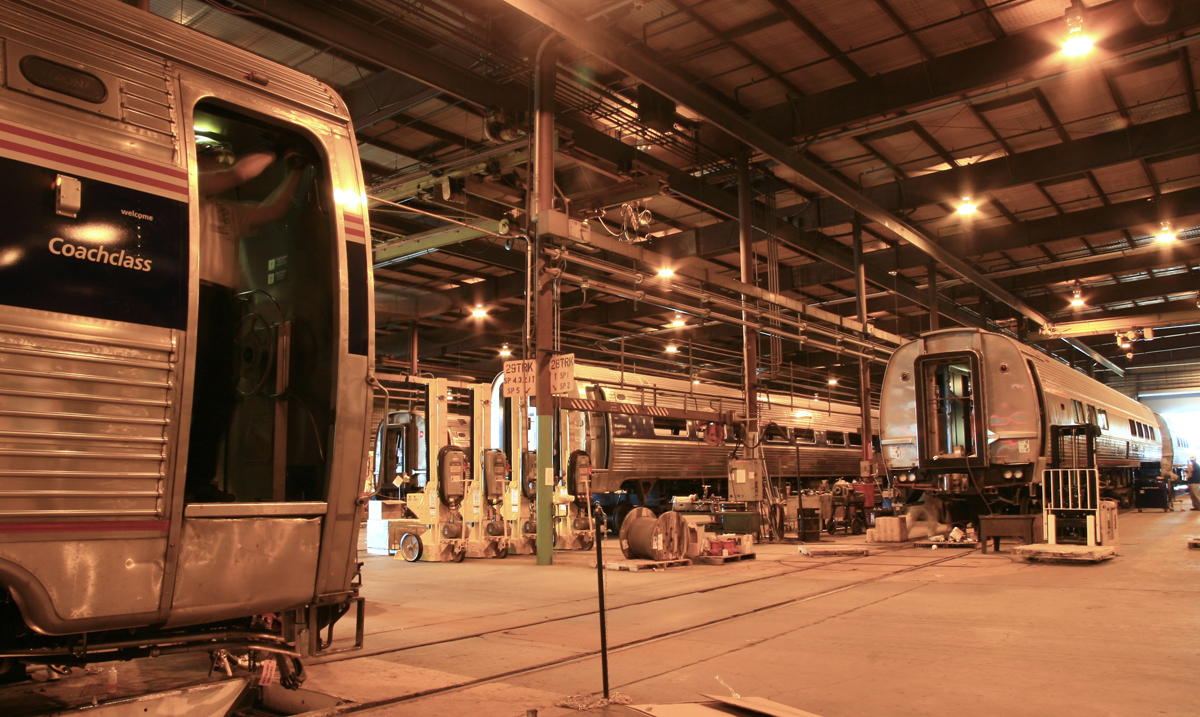
Authorized by the company’s first president, Roger Lewis, in October 1973, the initial purchase of Amfleet rolling stock to replace inherited hand-me-downs came as a Middle East war caused an “energy crisis” that emptied gas pumps. It was, in retrospect, one of Amtrak’s watershed moments. The all-stainless steel tubular design could be executed quickly by Budd because it was based on the self-propelled Metroliners constructed for the Pennsylvania Railroad with government support in the late 1960s. Congress funded deliveries during Amtrak president Paul Reistrup’s administration from 1975 through 1977 of what would become multiple orders totaling 492 cars. It’s ironic they replaced post-World War II lightweight equipment deemed worn out and obsolete that had operated no longer than 25 years.
The fact Amfleet’s longevity has survived more than twice that duration is a credit to Amtrak’s support of skilled craftsmen at the company’s Bear, Del., Heavy Maintenance Facility. The cars’ interiors have been sliced and diced over the years. Space in what were initially four cafe configurations, for instance, went through endless modifications through the locomotive-hauled Metroliner and Acela eras. Over time, coach capacity was adjusted for seat pitch, often to increase it. The dizzying renumbered of the fleet to reflect variations over the years is outlined on the “On Track-On Line” website.

That compendium shows that primarily because of accidents, 13 of the original 492 Amfleet I cars are no longer rostered as active or inactive, so there is a discrepancy in the number the RFI says are to be scrapped. That so many have survived so long is a testament to the cars’ sturdiness and resilience through a commitment to regular overhauls at Bear.
The much younger, corrosion-plagued Horizon equipment saw problems develop around carbon and stainless-steel welds, leading to its removal in March because of safety concerns [see “Amtrak sidelines Horizon car fleet …,” Trains.com, March 26, 2025]. In contrast, the Amfleet design has withstood the test of time and alteration. In that regard, the cars are reminiscent of Budd-built dining cars Amtrak retired by 2020 and VIA Rail Canada’s Canadian fleet, which continues to soldier on.
Nevertheless, continuing to diligently maintain 125-mph rolling stock is increasingly expensive. Additionally, there is always the possibility that an otherwise-hidden structural weakness may result in an incident which could doom the entire fleet.
The clear intent of this RFI is to solicit proposals for Amfleet’s eventual retirement, rather than enable would-be operators to acquire coaches and cafes for service that might somehow compete with Amtrak’s modern Airo trainsets. How this project moves forward will depend on responses to the RFI and subsequent RFP, balanced by the continuing need for Amfleet equipment to provide capacity and facilitate route or frequency expansion.

Single-level long distance procurement advances
Meanwhile, virtual “one-on-one” meetings are supposed to be taking place this month between Amtrak and carbuilder respondents to a request for proposals issued in early August for new single-level long distance equipment.
The 20-page document on Amtrak’s website contains a laundry list of about 50 instructions to “offerors,” explaining that “Amtrak intends to purchase a base quantity of cars based on the daily service it provides on its North American operational routes, including spares. Amtrak anticipates an order of 160 cars; however, this quantity may vary per offeror.” Proposals are due Jan. 9, 2026, followed by manufacturing site visits and a notice of award, with consummation of contract targeted for some time in 2026.
The common thread between the 1970s Amfleet, current Airo order, and future single-level, long-distance investments is that they are all big-gulp, one-off procurements. North American intercity passenger rail still lacks annual guaranteed funding that would provide a predictable financial foundation, which would allow carbuilders to develop a sustained production model without the inherent risks present in bidding on big projects. Such a risk might also apply to companies seeking to tackle Amfleet’s impending demise.







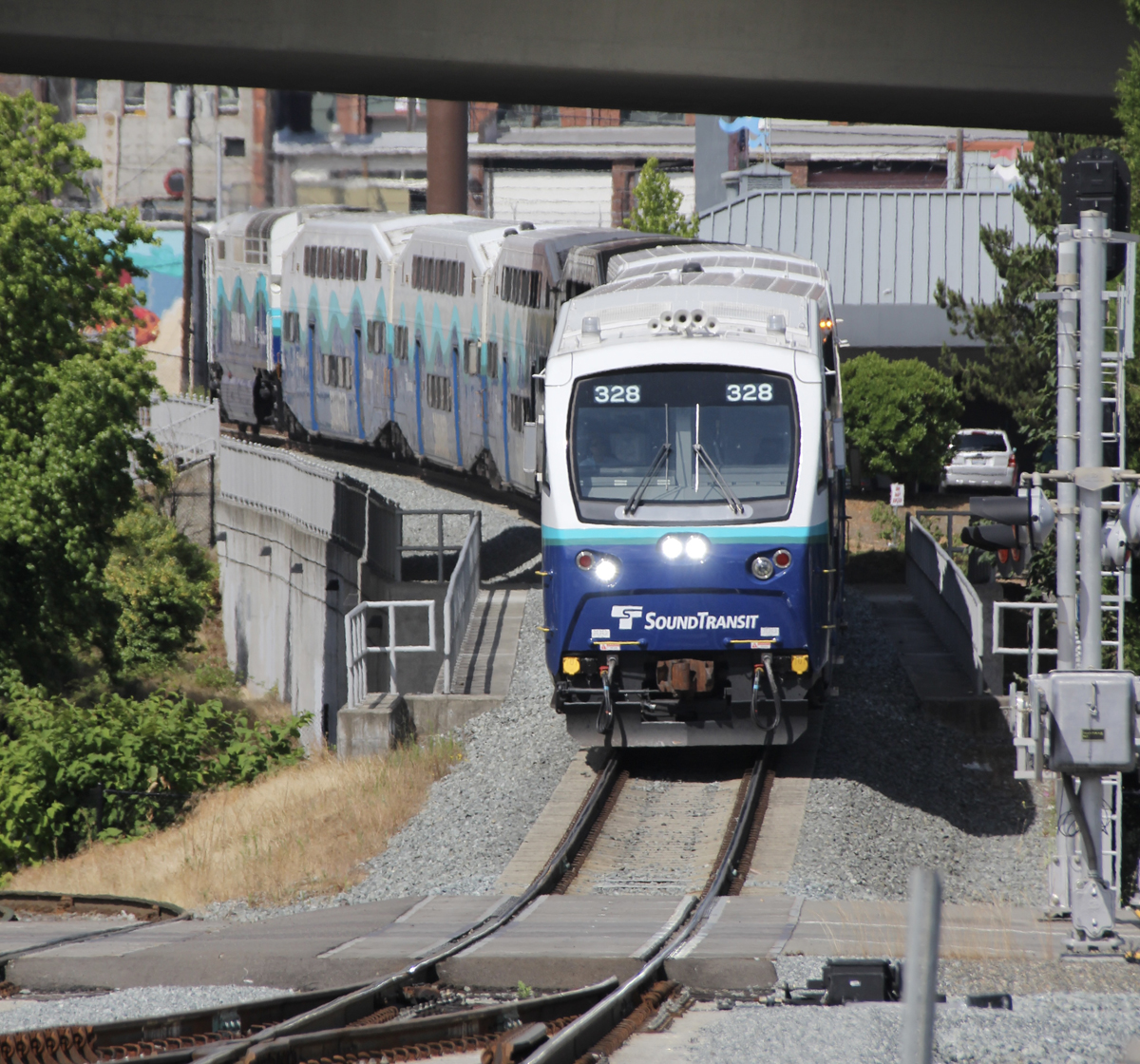
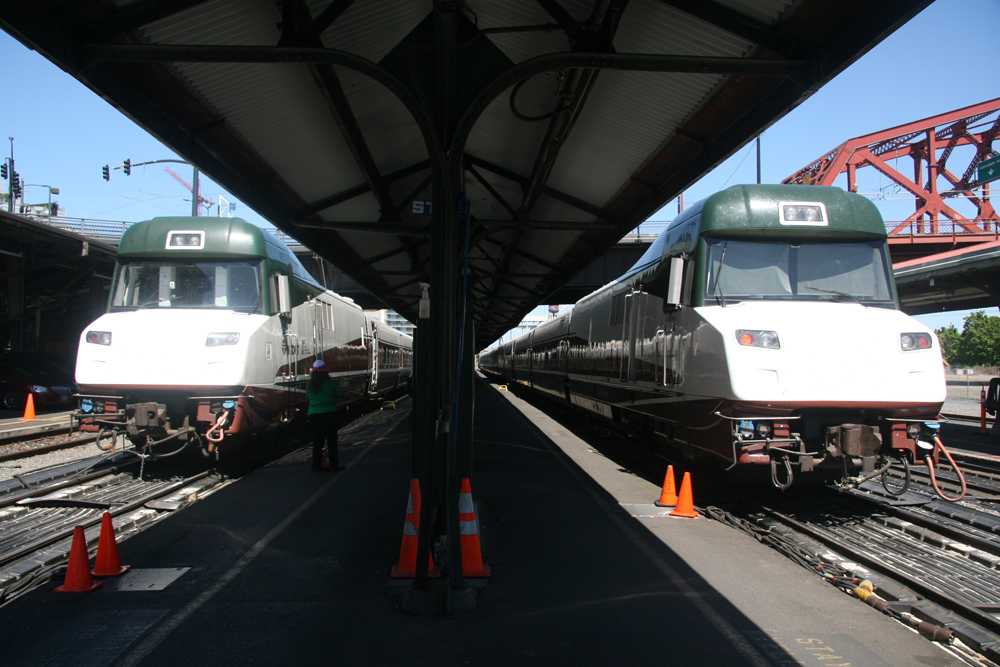
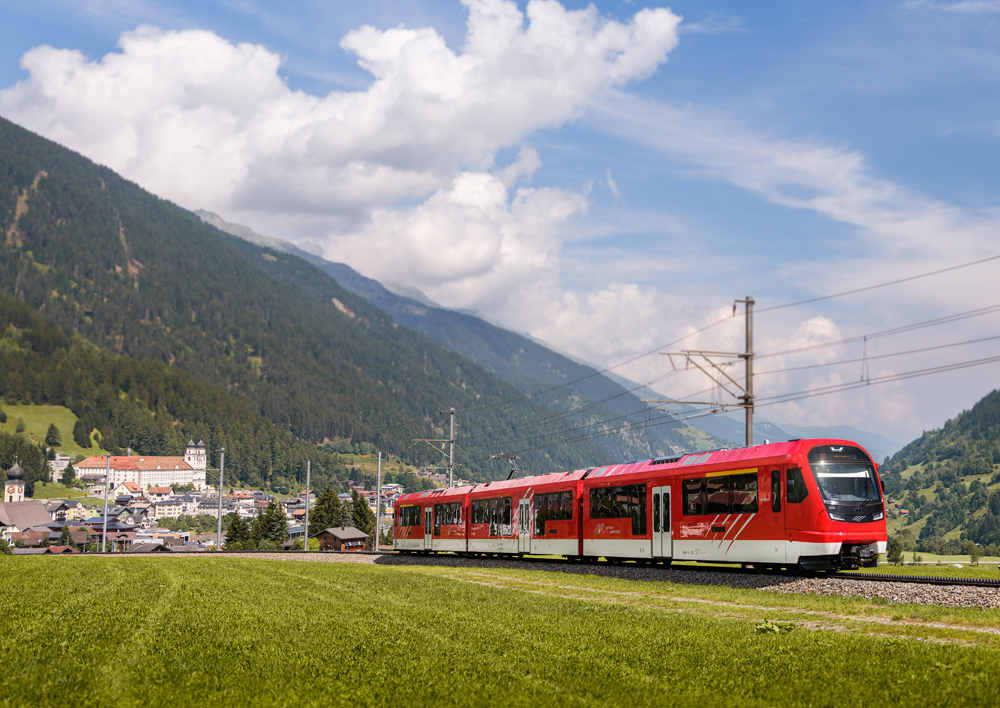

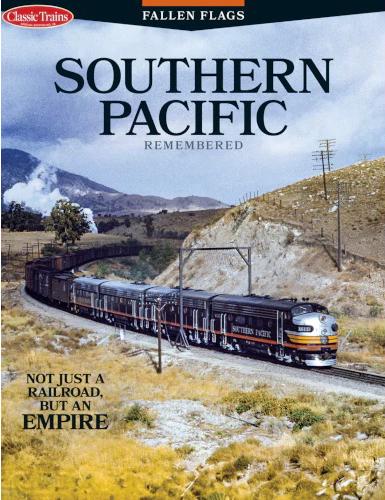

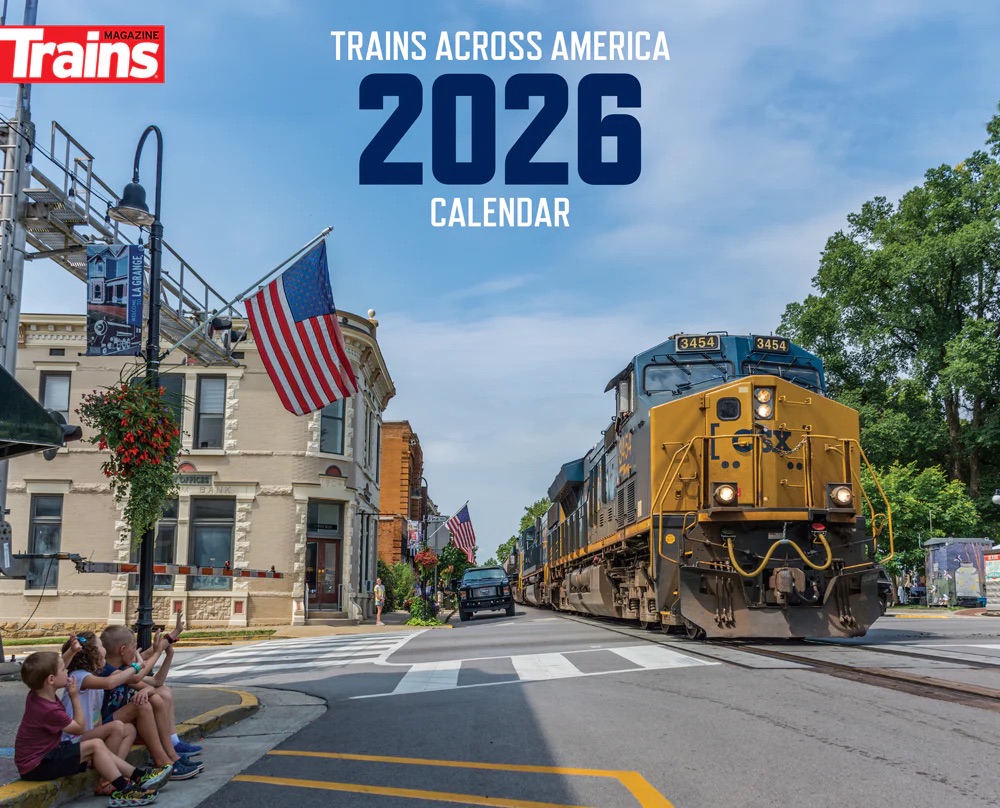
I remember riding Amfleet cars 11 – 12 years ago and noticing that the stainless steel in the vestibules was still shiny.
One other advantage of stainless steel over aluminum is that stainless steel will yield a lot more than aluminum before breaking.
Regrettably, the inevitable end of a legendary railroad career is drawing nearer… Sincere thanks to the Amfleet cars for their exemplary service!
As cars are pulled for retirement each one needs to have a complete, top to bottom, end to in, in and out thorough inspection. The best need to be kept for use in service expansion, holiday extras and EXCURSION trains. But following Amtrak’s past history they’ll throw the baby out with the bath water.
And why not build some coaches and cafes on the Viewliner platform? You have the frame and shell already. Just make the necessary modifications.
Amtrak and car builders trying to re-invent the wheel when it comes to passenger car design hasn’t worked out lately. Why not stick with what works. Keep the Amfleet basic structural and body design, and build on that. Amtrak could save millions of dollars on consulting and design cost alone. If it ain’t broke don’t fix it and the Amfeet design definitely has shown it ain’t broke.
The garbage they’re manufacturing now won’t last but half the time these Budd cars have held up no matter how well they maintain them!
Most of these are still on the service because of the maintenance that has been done on them frequently. But most of them are starting to show their age it is time to get rid of them. The worst car type that Amtrak had in their fleet were the horizon 2 cars and those ones were lemons. All of the horizon 2 have been recalled and most of them have already been scrapped. The Amfleet cars are next because Siemens Mobility and CAF are already starting to build their replacements. The goal is to modernize the fleet by 2026 and slowly most of the older stuff is already starting to be phased out.
Worth keeping some of these around as protect/overflow equipment? The freight railroads did this when they streamlined in the 50’s, kept some of the old heavyweights around. We keep hearing about Amtrak’s equipment shortage, so why not keep some Amfleet cars around, after the new equipment arrives, to avoid this in the future.
So, the stainless steel Amfleet outlasts the aluminum Horizons. We got our money’s worth out of the Horizons, decent enough coach work, but more than our money’s worth out of Amfleet.
Great to see those stainless-steel Burlington cars still running on METRA BNSF.